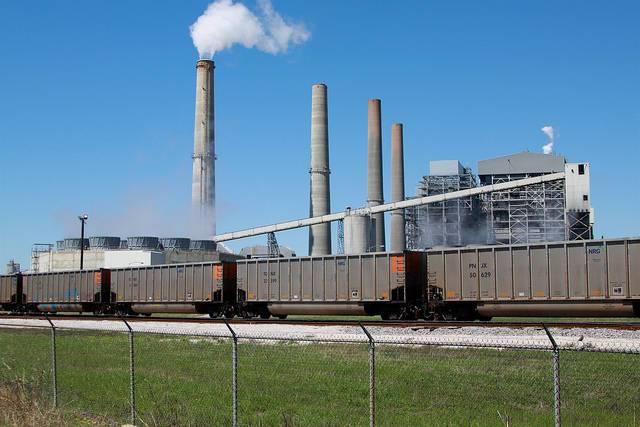
According to the London-based think tank Carbon Tracker, the shuttering of unprofitable and uncompetitive coal-fired power plants across the U.S. could save consumers as much as $10 billion a year by 2021 while increasing the country’s competitiveness.
Carbon Tracker’s analysts claimed they used deeply conservative assumptions in reaching this conclusion. They did not include any costs associated with the Clean Power Plan, nor did they figure any potential carbon taxes or prices into their analyses. The sole environmental regulation they incorporated into their framework is the Clean Air Act, which dates back to 1970 and the Nixon Administration.
The organization’s modeling was based on revenue requirements approved by regulators, while costs associated with coal plants were valued based on their costs relative to the turbines typically used in natural gas-powered plants. The authors found that, at a macroeconomic level, consumers are paying too much for an energy source that has become too expensive and inefficient. Most of the higher costs are attributed to the fact that approximately two-thirds of the nation’s coal plants are “regulated,” and in effect, they receive government-approved prices that cover their costs. Those costs for supporting these uneconomic coal plants, in turn, are passed onto consumers, not shareholders.
“Uncompetitive coal power is being subsidized by an out of date regulatory framework,” they wrote.
Hence, Carbon Tracker concluded that by the mid-2020s, it would be cheaper for utilities to build new combined cycle gas turbines (CCGT) than continue operating 78 percent of existing coal power plants. Meanwhile, the increased efficiency and decreased cost of onshore wind and utility-scale solar power installations are will offer additional competitive alternatives to coal.
“It would be much cheaper to build a new gas power plant than continue running coal power plants,” explained a Carbon Tracker spokesperson to TriplePundit via email. “Consumers end up paying the extra cost through their bills, and by 2021 this will reach $10 billion a year.”
One overarching goal of this study, which Carbon Tracker publicly released this week, is to arm investors with another tool in their kit as they advocate for an accelerated transition away from coal and in order to ensure that their portfolios are aligned with the Paris Accords to keep global temperatures rising no more than 2°C this century. Yet, Carbon Tracker insists there are other benefits from turning towards natural gas and renewables.
After all, the rapid decline in the cost of clean energy technologies has occurred while the natural gas boom has kept prices at record lows, giving these newer power plants a remarkable economic advantage over coal-fired power plants. Meanwhile, the efficiency gains have resulted in reduced demand for load growth, as competition between power generation technologies has intensified. This evolution suggests that the national grid is also ready to make a huge structural change.
Nevertheless, energy markets have long been highly politicized, especially during this current presidential administration. Advances in technology and disruptive changes in business models are often undermined by the regulatory environment in which power generators and suppliers function, says this report. Therefore, from Carbon Tracker’s point of view, a commitment to reducing global temperature rise below 2°C by mid-century would save American utility customers money while streaming the U.S. economy and allowing it to become more competitive. Such a scenario, however, will only unfold if regulation can catch up with the rapid structural changes that have occurred over the past several years. Carbon Tracker is cognizant that it would not be realistic set an arbitrary deadline and make sure all coal disappears – but the report’s authors insist that this transition needs to start as soon as possible.
“Regulated utilities have long been considered safe assets,” concluded the report. “This can no longer be taken for granted, as investor-owned utilities keep high-cost units operating by using regulation to push additional costs on to consumers.”
Image credit: Roy Luck/Flickr

Leon Kaye has written for 3p since 2010 and become executive editor in 2018. His previous work includes writing for the Guardian as well as other online and print publications. In addition, he's worked in sales executive roles within technology and financial research companies, as well as for a public relations firm, for which he consulted with one of the globe’s leading sustainability initiatives. Currently living in Central California, he’s traveled to 70-plus countries and has lived and worked in South Korea, the United Arab Emirates and Uruguay.
Leon’s an alum of Fresno State, the University of Maryland, Baltimore County and the University of Southern California's Marshall Business School. He enjoys traveling abroad as well as exploring California’s Central Coast and the Sierra Nevadas.














